Pen to Paper Prompt: Choice
Election day is a good day to think about choice. Writing is all choice. The writer chooses, over and over again, from the vast catalog of everything.
Some of the choices a writer makes include:
• Who’s telling the story: narrator or narrators
• Who else is in the story: supporting character or characters
• Who are the characters: name, age, race, gender, height, education, employment, social status, backstories, etc.
• Why is this story being told: what’s different about today / what’s changed from the normal world?
• How is the story told — from whose point of view (POV): main character, supporting character, multiple characters, or omniscient
• How is the story told — person: first, second or third person (and in different degrees of “closeness”)
• How is the story told — verb tense: past or present (or sometimes future)
• What happens in the story: narrative plot points
• Where does the story take place: settings for the story and its scenes
• Where is it in time: year/era for the story, time of day for scenes
• What is the genre (e.g., literary, women’s fiction, memoir, mystery, romance, and so on)
• Who is it for: adult, young adult, middle grade, etc.
• What is the writing style / voice: how it sounds on the page
• How to write a specific scene: show (immediate scene) or tell (exposition / narrative summary) or a combination
• What does it mean: what theme(s) are explored
• What words to use: word choice and reading level, symbolic language (metaphor, analogy, simile)
• How does it end
For today’s prompt, you are going to explore the power of choice.
First, you will imagine or remember a situation with at least two characters. Then, write a scene that includes these characters for five minutes. (If you need a scenario, use this: You are at a fair, and you’re six years old. You and your mother step up onto the carousel, and you try to select which animal to ride on.)
Set a repeating timer for five minutes. Every five minutes, change one thing and continue writing or begin the scene again. Tip: before you write, ask: What changes in the telling because of this? Here are some changes you can make. Use these or choose your own.
• Change the tense (that is, from past to present or present to past).
• Change the person (that is, from first to third or from third to first — or if you’re brave, try second).
• Change to the other person’s point of view.
• Change the age of one character by at least 20 years.
• Change the relationship between the characters (for example, make a mother and daughter into sisters or neighbors)
• Change where the scene is set to a very different location.
• Change when the story takes place by at least three decades.
• Change the point of view to an observer who is not one of the primary characters.
And so on!

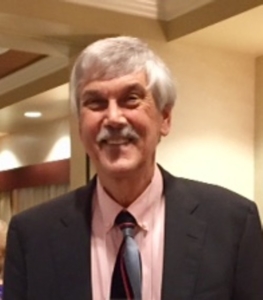

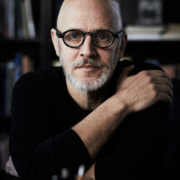


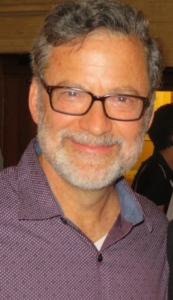

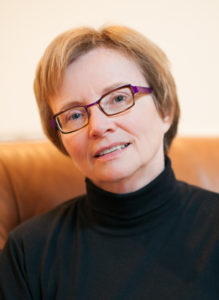
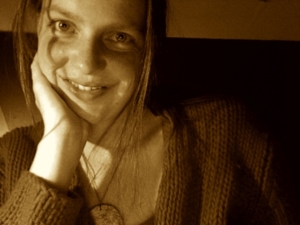 I find myself with a little extra time lately to notice things I don’t want to notice, like the dust on the bookshelves or that mole that I’m convinced has gotten bigger, hasn’t it? Details are what make life rich, but can also reveal so much about where a person (or character) is emotionally, mentally, and physically. The details that ring most true in writing are the ones we don’t notice at first in real life, the ones that emerge only when we have extra time and space to really look, listen, smell, and touch.
I find myself with a little extra time lately to notice things I don’t want to notice, like the dust on the bookshelves or that mole that I’m convinced has gotten bigger, hasn’t it? Details are what make life rich, but can also reveal so much about where a person (or character) is emotionally, mentally, and physically. The details that ring most true in writing are the ones we don’t notice at first in real life, the ones that emerge only when we have extra time and space to really look, listen, smell, and touch.